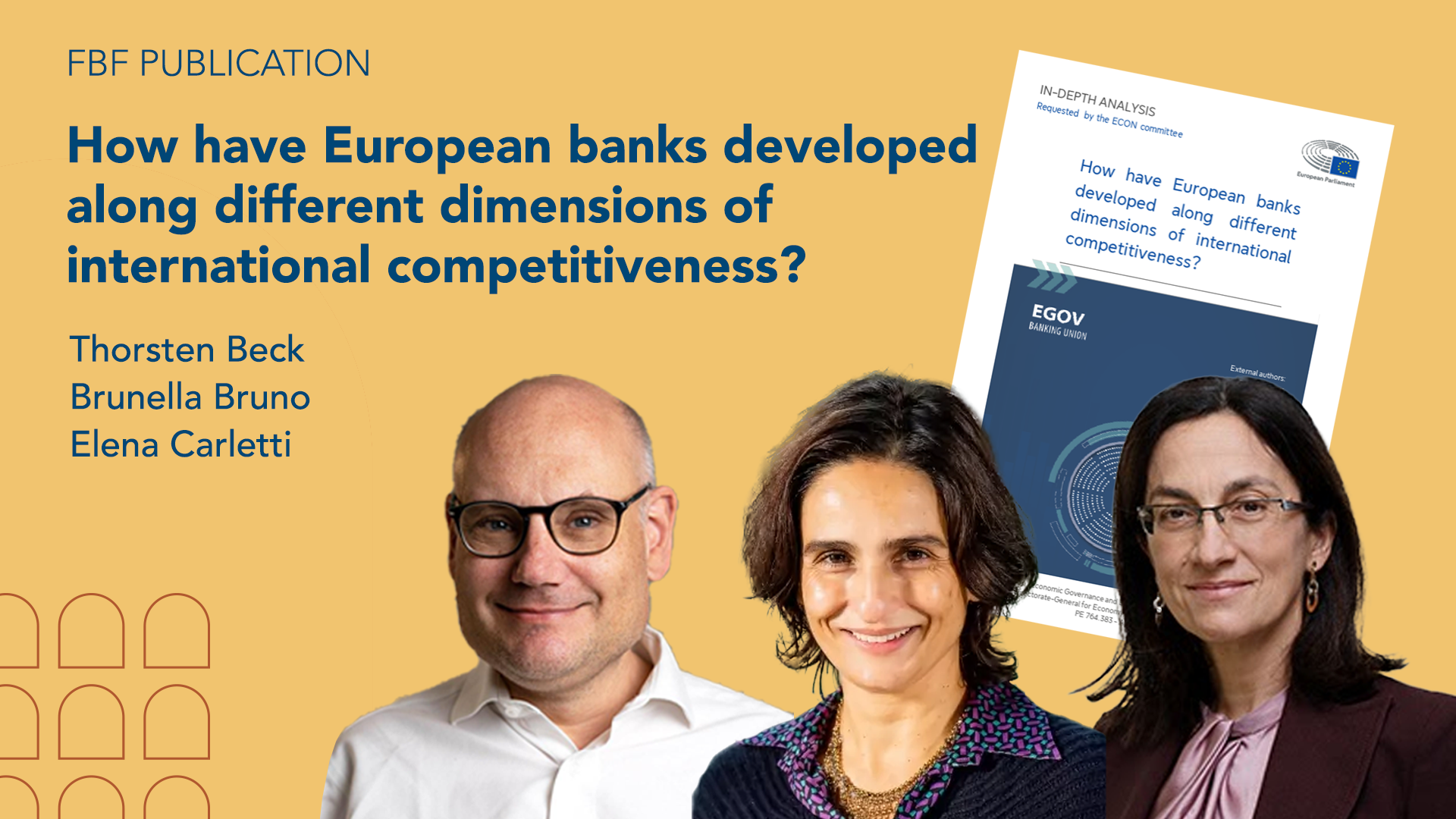Links
Next content
Read more
How are central banks engaging with biodiversity loss risks? Current initiatives, gaps and challenges
This policy paper explores the emerging engagement of central banks and financial supervisors with the risks posed by biodiversity loss to financial stability. While climate-related risks have become a key focus in central banking,...
At the request of the European Parliament’s Economic and Monetary Affairs Committee (ECON), the authors compare the competitiveness of European banks to their US counterparts. The analysis highlights structural differences between the two systems, particularly Europe’s reliance on traditional bank intermediation versus US’s market-based model. European banks generally lag in profitability and market valuations, but remain central to credit provision and financial inclusion across the EU. US banks have benefitted from more favourable macroeconomic scenarios. At the same time, recent improvements in European bank’s performance are driven by temporary macro factors, raising concerns about sustainability. Regulatory harmonisation, capital market development, and integration are important factors to enhance the competitiveness and resilience of Europe’s banking sector. Considering both quantitative and qualitative indicators is also important to better capture banks’ contributions to the economy and overall welfare.
